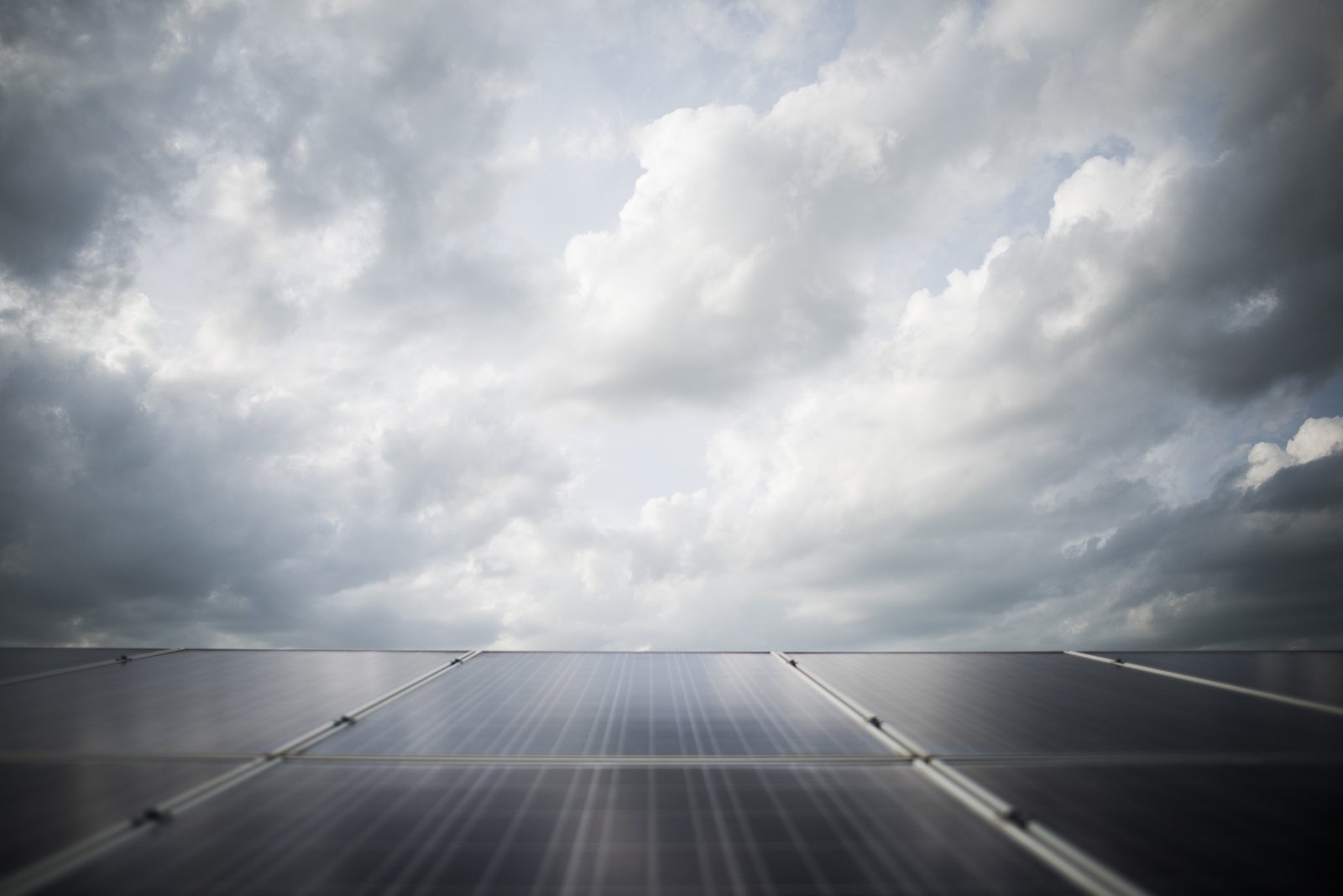As a homeowner, you’re always looking for ways to save on your energy bill. One easy way to do that is to install a solar panel system on your roof. But what happens when the clouds roll in? Will your solar panels still work?
The short answer is: yes, solar panels still work on cloudy days. But the amount of electricity they produce can be significantly reduced.
In this post, we’ll explore the impact of clouds on solar panel performance and provide some tips on how to get the most out of your solar system.
How Do Solar Panels Work?
You know the saying, “when it rains, it pours”? The same goes for cloudy days – they can put a real damper on solar panel efficiency.
Solar panels work by converting sunlight into electrical current. However, when it’s cloudy out or the sun is blocked by buildings or other objects, there’s not enough sunlight to generate power. This means that solar panels don’t work as well on cloudy days as they do on sunny days.
In general, solar panels will produce about 30% of their usual efficiency on a cloudy day. This means that if your solar panel is usually generating 1,000 watts of power, it will only generate 300 watts on a cloudy day.
How Does Cloud Cover Impact Solar Panels?
Clouds have a bad reputation. They make us grumpy, they ruin our pictures, and worst of all, they keep us from getting our daily dose of Vitamin D. But did you know that clouds can also impact our solar panels?
Solar panels are designed to collect energy from the sun – but what happens when there’s a little cloud cover in the sky? Turns out, it’s not as bad as you might think. Cloud cover can actually decrease the energy output of solar panels by up to 30%. However, this number varies depending on the type and density of the clouds.
What Are the Benefits of Solar Panels in Cloudy Conditions?
You might be wondering if solar panels work on cloudy days. The answer is, it depends.
Solar panels work best when they’re in direct sunlight, but they can still produce some power on cloudy days. The amount of power they produce will depend on the severity of the clouds and how much light is able to penetrate them.
So if you’re looking to install solar panels, keep in mind that they might not work as well on cloudy days. But that doesn’t mean they’re not worth it – you’ll still be getting some power from them, and you’ll still be doing your part to help the environment.
Does Rain Affect Solar Panel Performance?
So what about rain? If it’s not a sunny day, does that mean you should just give up on the idea of using solar energy? Not necessarily! Solar panels can still generate power even when the sky is gloomy. But there is one caveat – the density of the clouds will affect how much power is produced.
If it’s a light overcast day, your panels will still generate enough electricity to run your home. However, if the clouds get too thick, then it could be a different story. Your solar energy production will drop significantly and won’t be able to sustain your power needs. So you’d better keep a backup generator in hand just in case!
What Types of Solar Panels Are Best for Cloudy Days?
It turns out that if you really want to take advantage of cloudy days and maximize your solar energy output, not all panels are created equal. Monocrystalline and polycrystalline models tend to be the best performers during cloudy days, as they process more energy at lower levels of sunlight than other types of panels.
In contrast, thin-film solar panels tend to struggle in lower light conditions due to their design. So if you’re determined to make the most of your sunny (or even cloudier) days, then polycrystalline and monocrystalline models are the way to go! Just think of them as your trusty Sunny (maybe Cloudy) Day solar sidekicks!
Installation and Maintenance for Maximum Efficiency
When it comes to solar panels, you don’t just install them and forget about them. To maximize the efficiency of your panels on a cloudy day, you need to ensure that they are properly installed and maintained.
Ideally, your solar panel array should be installed at an angle so that it faces south or southeast in the Northern Hemisphere, and north or northwest in the Southern Hemisphere. Furthermore, the panels should be regularly cleaned – not just on sunny days, but also on cloudy ones. If the photovoltaic cells get dirty, they won’t be able to capture as much energy from sunlight. So make sure you’re ready with a sponge and a bucket of soapy water!
Conclusion
At the end of the day, solar panels will work best on bright, sunny days. But don’t worry – even if there are clouds in the sky, you can still generate some power!
